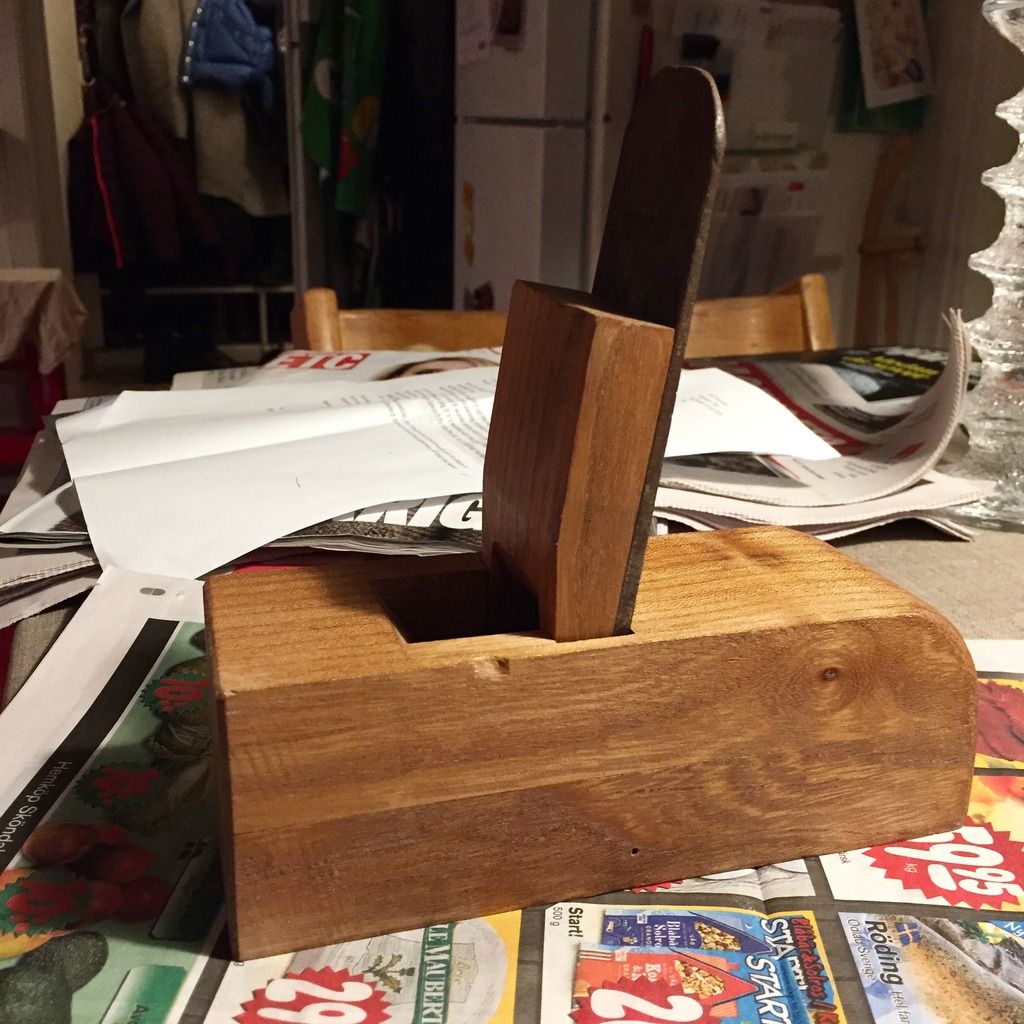lurker
Le dullard de la commune
I have been given a pile of wood planes by a forum member.
Not sure what to do with them.
One is going to be turned into a scrub (for another forum member)
I already have a scrub.
I might fashion a smoother into a "Krenov".
Any other ideas.
Anyone who is in spitting distance of Loughborough is welcome to come and help themselves
Not sure what to do with them.
One is going to be turned into a scrub (for another forum member)
I already have a scrub.
I might fashion a smoother into a "Krenov".
Any other ideas.
Anyone who is in spitting distance of Loughborough is welcome to come and help themselves

































